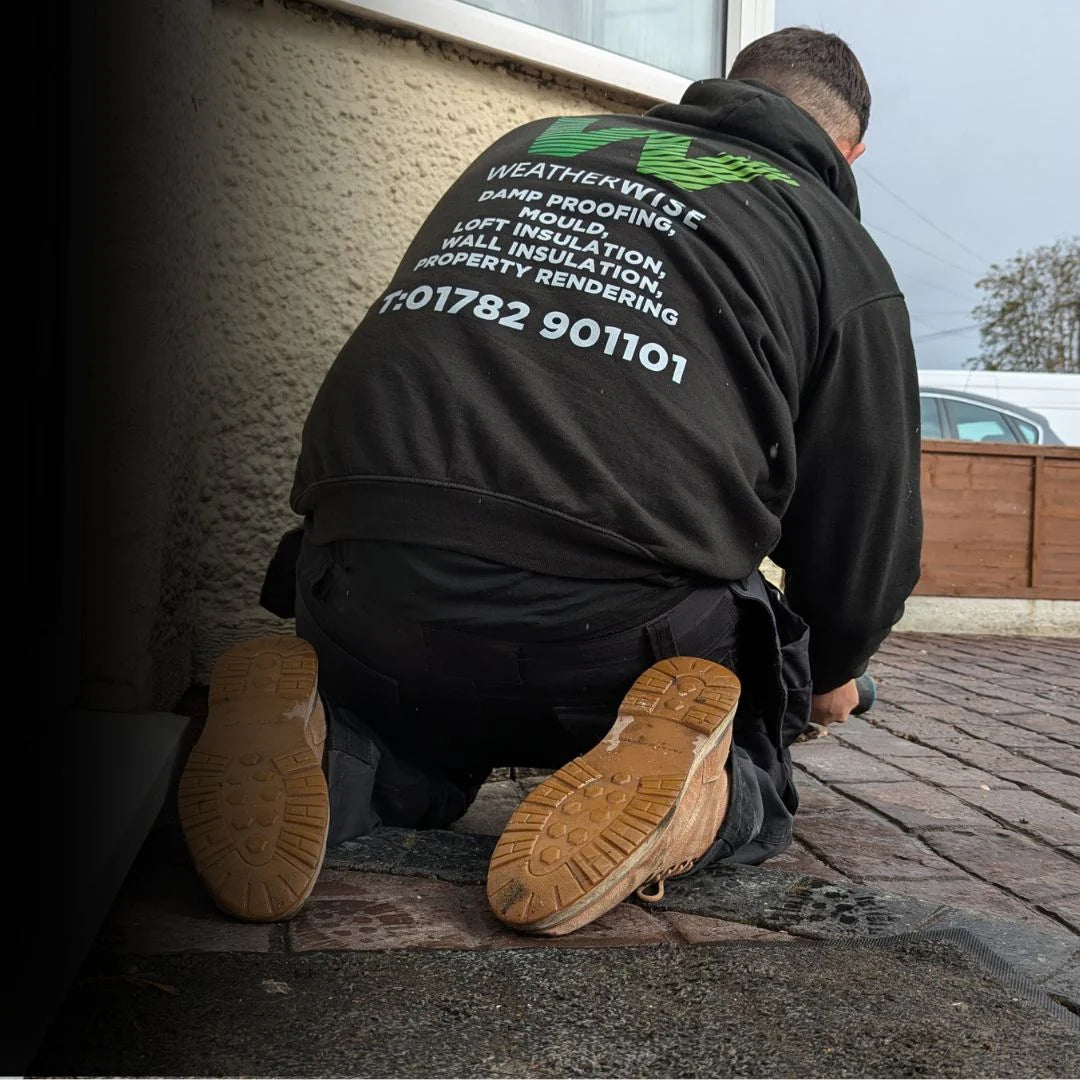Dry rot is one of the most damaging forms of timber decay a property can face — especially in ground floor joists and suspended timber floors. But how do you know if the problem is dry rot, wet rot, or something else entirely?
In this blog, we explain what dry rot actually is, how to distinguish it from other forms of timber decay, and what steps Preston homeowners can take to treat it effectively.
What Is Dry Rot?
Dry rot (Serpula lacrymans) is a type of fungal decay that thrives in damp, poorly ventilated areas. Unlike wet rot, dry rot can travel across and through materials to reach nearby timbers — making it far more destructive if left untreated.
Key signs of dry rot in floor joists include:
-
A musty or damp smell in the subfloor void
-
Cuboidal cracking in the timber
-
Shrinkage and darkening of wood
-
Orange or rust-coloured spore dust
-
White, fluffy mycelium or grey strands along the timber
-
Soft, crumbly timber when probed
Dry Rot vs. Wet Rot in Floor Joists
While both types of rot are caused by excess moisture, they behave very differently:
-
Wet rot stays local to the moisture source and usually affects timber in contact with damp masonry or plumbing leaks.
-
Dry rot can spread into otherwise dry areas, often unnoticed until serious damage is done.
Correct identification is vital — treating dry rot incorrectly as wet rot can allow it to continue spreading under the surface.
How to Treat Dry Rot in Preston Homes
Step one is always eliminating the moisture source. This may involve:
-
Repairing leaks or damp-proofing the walls
-
Improving subfloor ventilation with air bricks or DMEV systems
-
Cleaning out cavities and ensuring underfloor airflow isn’t blocked
Next, infected timbers should be cut back to sound wood, and fungicidal treatment should be applied to all exposed areas using proven products like those from PAM Ties.
Heavily affected joists may need to be replaced. All adjacent masonry and timber must be carefully checked for signs of continued fungal growth.
Prevention: Improve Ventilation and Monitor Moisture
Even after treatment, it’s important to maintain adequate ventilation under suspended floors and monitor humidity levels in vulnerable areas. Installing passive air vents or PIV systems can greatly reduce the chance of recurrence.
Need Help with Timber Decay in Preston?
At Weather Wise Solutions Limited, we specialise in diagnosing and treating timber decay issues across the North West. While we don’t carry out formal reported surveys, we work with independent surveyors and provide reliable, long-lasting remedial works to protect your home.
As members of the Federation of Damp, all of our specialists hold CPD qualifications in dampness in buildings — giving you full peace of mind.
Book a Free Survey for your home here:
👉 https://weatherwiseuk.co.uk/pages/contact



